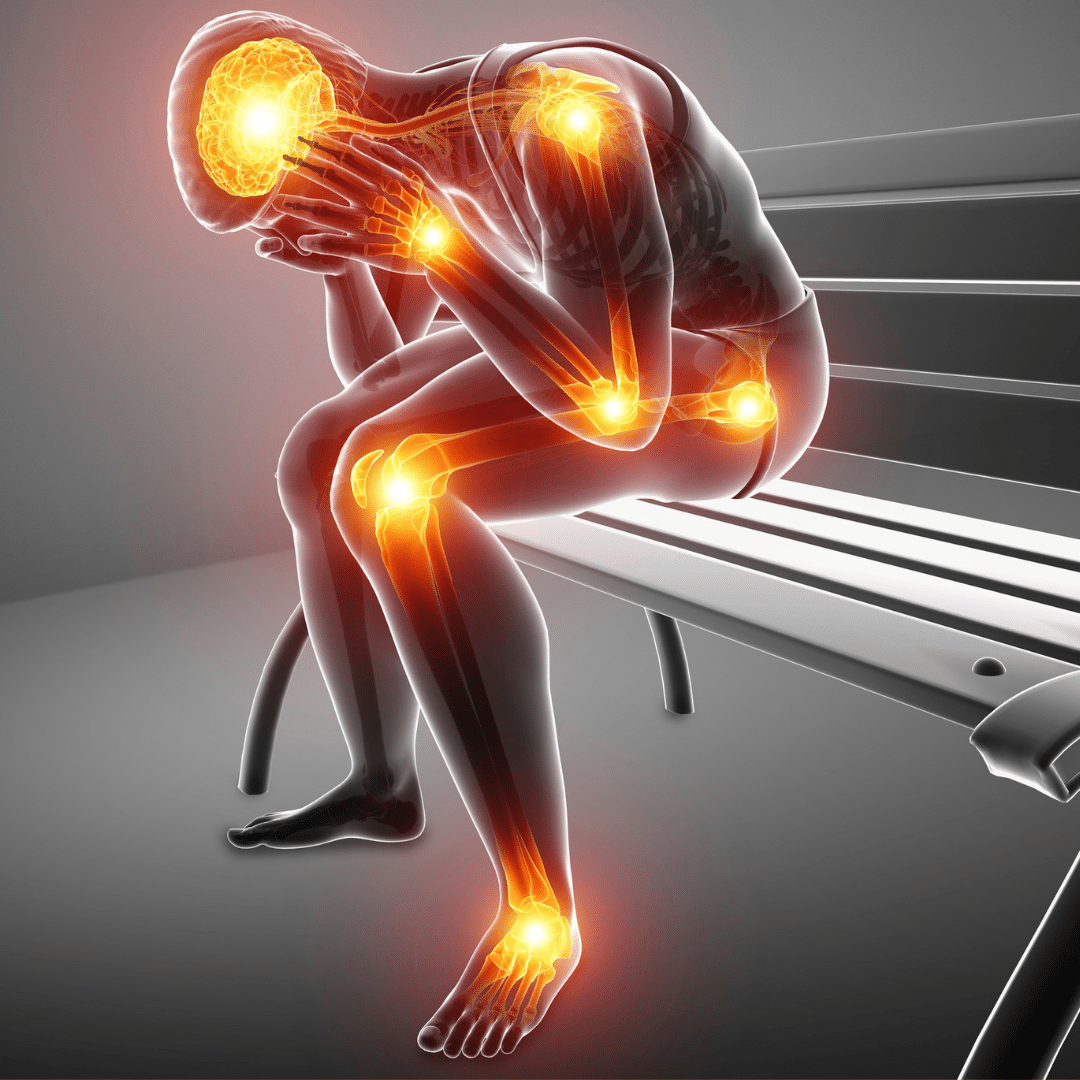“Parkinson’s Diva” Maria De León –Specialist, Caregiver, and Person with Parkinson’s Offers Her Advice
Maria De León, MD had no intention of becoming a doctor. She began her studies in neuroscience, where she gained an interest in Parkinson’s. That led to many years studying and training to be a neurosurgeon. But when Maria realized that her “people person” nature was more suited to neurology, she changed her focus and became a movement disorders specialist.
“I wanted to be able to meet people, talk to them, and get to know them,” Maria says. “So, my passion became neurology.”
While Maria was finishing her fellowship, her grandmother started developing Parkinson’s symptoms. Maria was the doctor who diagnosed her with the disease. In the last year of her grandmother’s life, she lived with Maria, who became her full-time caregiver.
“I learned how difficult it is to care for someone,” Maria says. “I started focusing on the unmet needs of caregivers and family members and it really opened up my practice.”
It wasn’t long after her grandmother passed that Maria started noticing hew own symptoms of Parkinson’s. While examining her patients, Maria realized that she was having a hard time tapping her fingers, walking straight, and balancing. She also started to notice problems with her handwriting.
“Doctors are known for their atrocious handwriting,” Maria says with a laugh. “But when I really couldn’t read my own handwriting and nurses were writing my notes and prescriptions, I realized I most likely had Parkinson’s.”
Despite Maria’s specialty training in Parkinson’s and family history of the disease, it took three years for her to finally receive a diagnosis.
“I attribute 90% of the difficulty in receiving a diagnosis to being a woman,” Maria says. “I had doctors that would just dismiss me, saying it was stress or that I was overidentifying with my patients. I had one doctor who just walked out.”
The experience mirrored her early days as a movement disorders specialist, when Maria had to work hard to be respected and trusted by her male counterparts.
“Being a young, Hispanic woman in a field where most of the specialists are male was really hard,” Maria says. “There was a lot of discrimination and, initially, I was challenged all the time. I even received a book about Parkinson’s from another doctor who didn’t trust me. I’m a trained specialist, and they handed me a book on Parkinson’s.”
Maria eventually earned the trust and respect of her colleagues. But when she developed symptoms, the same people who trusted her as a physician didn’t believe she had Parkinson’s.
After seeing many doctors, Maria finally received a diagnosis. She wasn’t shocked she had Parkinson’s. But she was shocked at how well Sinemet worked, particularly for her pain and visual problems that, at the time, weren’t known symptoms of Parkinson’s.
“When I finally had a diagnosis and started taking meds, lo and behold, my pain improved. My stiffness and slowness improved,” Maria says. “I always say if I could’ve treated myself and written my own prescription, I would’ve been better from day one!”
Maria also attributes some of the challenges of her diagnosis to having symptoms that weren’t well known seventeen years ago when she was diagnosed. Pain, for example, wasn’t commonly seen in the initial stages of Parkinson’s but Maria had this symptom from the start. Today studies suggest pain is more common for women with Parkinson’s than men, as well as fatigue, mood and sleep disturbances, and urogenital symptoms.
Maria’s difficult path to diagnosis and realization that women experience Parkinson’s differently than men led her to get involved in advocacy.
“It wasn’t until I developed Parkinson’s that I noticed it’s very different for women than men,” she says. “We see things differently, we feel things differently, we experience things differently. We experience diseases differently, even when it’s the same disease.”
As a caregiver, movement disorders specialist, and person with Parkinson’s, Maria has a lot of great advice for people living with the disease, especially women. Her first piece of advice is to remember that you know your body. So, if you know something isn’t right, keep finding and talking to people until you get the answers you need.
“Don’t settle for ‘it’s psychological’ or ‘this disease doesn’t happen to women or young people,’” she says.
Once you find a provider who listens, work on building a relationship with them. Remember that developing a relationship doesn’t happen instantaneously.
“It takes time for a provider to get to know you, your symptoms, and how your disease progresses,” Maria says. “If you go doctor to doctor, you don’t get to build a relationship.”
Once you build a relationship with your provider, Maria advises to “ask salient questions about your life. If you’re a woman who wants to have kids, for example, talk to them about what that might look like and what you need to be aware of. It’s important to be proactive.”
For Maria, it was also important to her to lead by example.
“At first, I didn’t want to be seen as someone who has Parkinson’s,” Maria says. “But what do I tell my patients? I tell them to embrace it. So, I made a T-shirt that says ‘I make Parkinson’s look sexy.’”
You can view a photo of Maria wearing her T-shirt on her website parkinsonsdiva.org, where she offers resources for women with Parkinson’s.
In partnership with our Platinum Partner




